
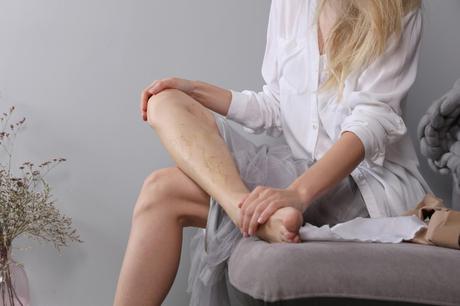
Are you afraid that you might be on the brink of having spider veins? Well, the twisted and bulgy veins that occur in various parts of the body have become a common aspect of many people's lives as well as their sufferings.
When you're young, you don't imagine that such a condition might happen to you. Scientists share that spider veins form due to incompetent microvenous valves. They not only result in improper blood circulation, but can also cause quite a few complications, if disregarded.
In this article, we have discussed some of the early signs and symptoms of spider veins that must not be ignored!
Early warnings and symptoms of spider veins
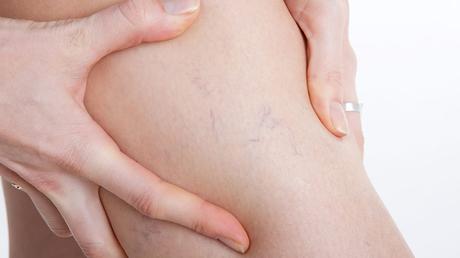
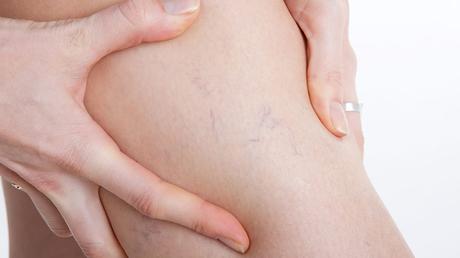
Given below are the main signs that you need to take care of while checking for spider veins.
Aching legs
If your legs ache and feel heavy after doing any physical exercise or activity, there is a high probability that you could catch spider veins. Remember, people who have to face regular cramping or inflammation in their legs after physical activity are at risk of developing spider veins.
Swollen feet
If you have swollen ankles or feet after a tiring day, then chances are that you might get spider veins. It is not an issue if it just happens once in a while, but it isn't good if it happens almost every day. Mainly, it could be an early sign, so you should take care.
Spotty lower legs
In case you observe those red spots on your lower leg region, make sure to see a medical professional, for which you can visit here. These red spots might be due to the weakening of veins, and then all of a sudden, they could explode, leading to spider veins.
Shiny legs
Quite a lot of people witness an unusual shine on their leg's skin or even excessive pigmentation on your legs. It is also observed by many that the legs seem to itch or peel.
Noticeable veins
People who are likely to be diagnosed with spider veins seem to have very noticeable veins. This could be a significant symptom of spider veins.
Risks and Treatment
If spider veins are not treated at the right time by a good medical professional, it can further lead to venous insufficiency or varicose veins. It is a condition wherein there can be many complications - deep vein thrombosis (DVT), blood clots, and occurrence of venous ulcers because of the chronic stage. Furthermore, if your work involves standing for longer durations, you must consult a specialist so that the condition doesn't worsen.
The medical department has surely achieved heights in technology, and so, spider veins have diverse treatments. When you see your doctor, apart from doing a visual test, he/she might recommend an ultrasound to analyze the amount of blood flowing in your veins.
Types of surgeries
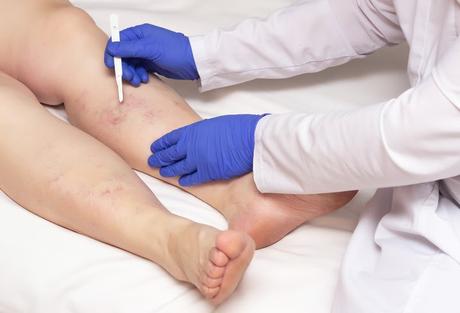
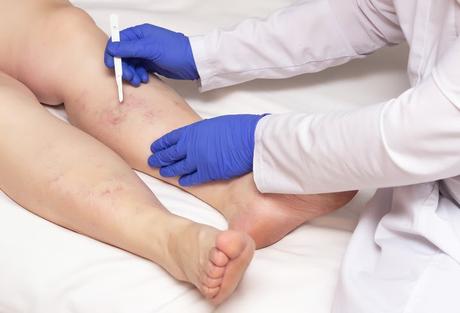
Here are a couple of main surgeries performed to remove spider veins.
Ambulatory phlebectomy
This surgery removes the spider veins that are just beneath the skin's surface. The doctor makes tiny cuts in the skin and uses hooks to pull the leg's vein. The doctor usually removes the vein in one treatment and leaves only tiny scars. Many people can go back to their routine life the day after treatment. Moreover, all healthy veins will then take control over regular blood flow.
Surgical ligation and stripping
This surgery is for larger spider veins. In this, the doctor ties all problem veins and removes them completely using smaller-sized cuts on your skin. Recovery can take up to a month. Healthy veins take over the normal flow of blood.
According to research, even laser treatment is considered quite effective in getting rid of spider veins in the legs. Also, there are a few minor surgeries too:
- High ligation and vein stripping
- Endoscopic vein surgery
- Sclerotherapy
- Foam sclerotherapy for large veins
Some Last Words
With this, you would have learnt about all the main signs of spider veins that start becoming visible early. So, you need to watch out for all the signs and symptoms of spider veins to treat them on time!

